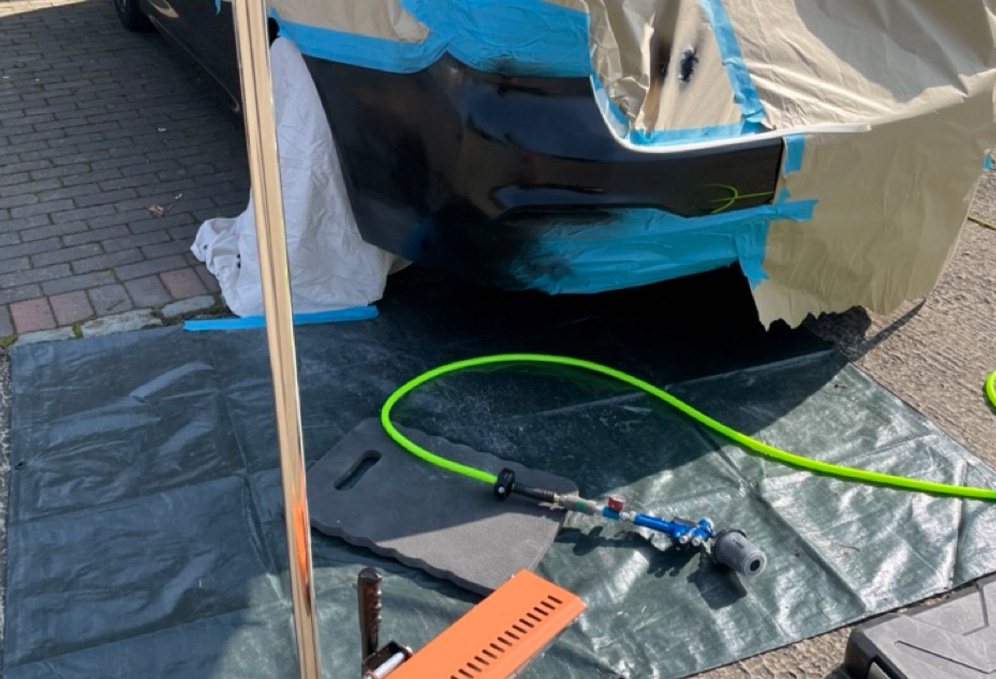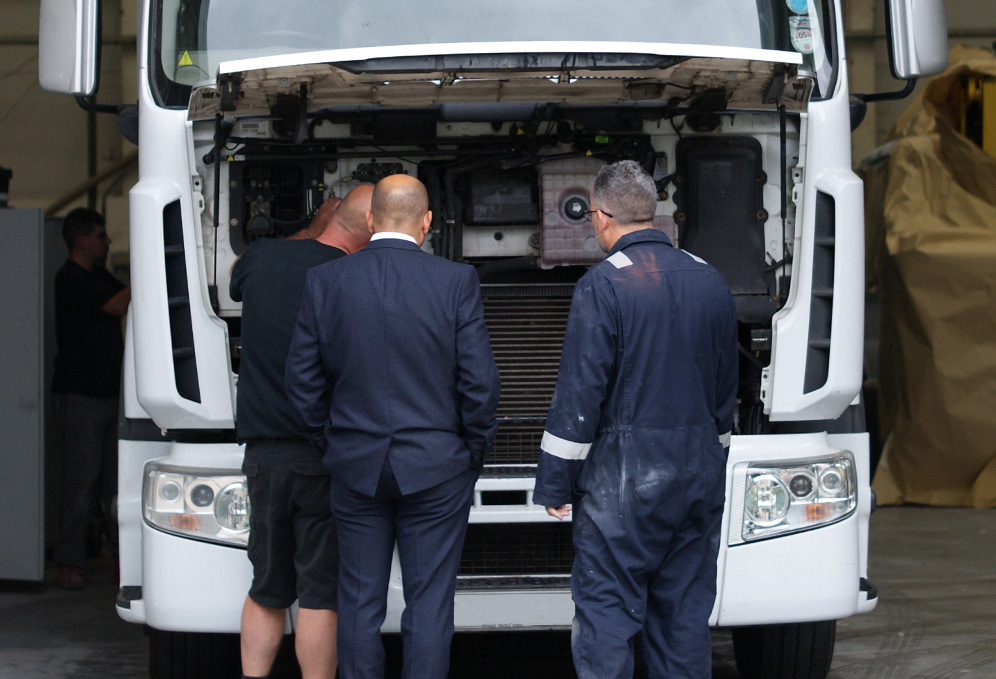Need Help? Talk to an Expert

National Accident Repair Group provide accident repair services to the UK’s Insurance and Fleet sectors, working with some of the world’s most recognised organisations.
Car Repairs
National has a growing network of 310+ repair centres in the UK with electric and hybrid repair capabilities.
EV Repairs
Same-Day vehicle repairs are a focus area for the business, reducing key-to-key times and providing the ultimate in customer convenience.
Same-Day Repairs
National Accident Repair Group’s mission is to provide effective, efficient, and seamless end-to-end HGV repair solutions.
HGV Repairs
National Accident Repair Group’s mission is to provide effective, efficient, and seamless end-to-end LCV repair solutions to its customers.
LCV & Van Repairs| Cookie | Duration | Description |
|---|---|---|
| cookielawinfo-checkbox-analytics | 11 months | This cookie is set by GDPR Cookie Consent plugin. The cookie is used to store the user consent for the cookies in the category "Analytics". |
| cookielawinfo-checkbox-functional | 11 months | The cookie is set by GDPR cookie consent to record the user consent for the cookies in the category "Functional". |
| cookielawinfo-checkbox-necessary | 11 months | This cookie is set by GDPR Cookie Consent plugin. The cookies is used to store the user consent for the cookies in the category "Necessary". |
| cookielawinfo-checkbox-others | 11 months | This cookie is set by GDPR Cookie Consent plugin. The cookie is used to store the user consent for the cookies in the category "Other. |
| cookielawinfo-checkbox-performance | 11 months | This cookie is set by GDPR Cookie Consent plugin. The cookie is used to store the user consent for the cookies in the category "Performance". |
| viewed_cookie_policy | 11 months | The cookie is set by the GDPR Cookie Consent plugin and is used to store whether or not user has consented to the use of cookies. It does not store any personal data. |